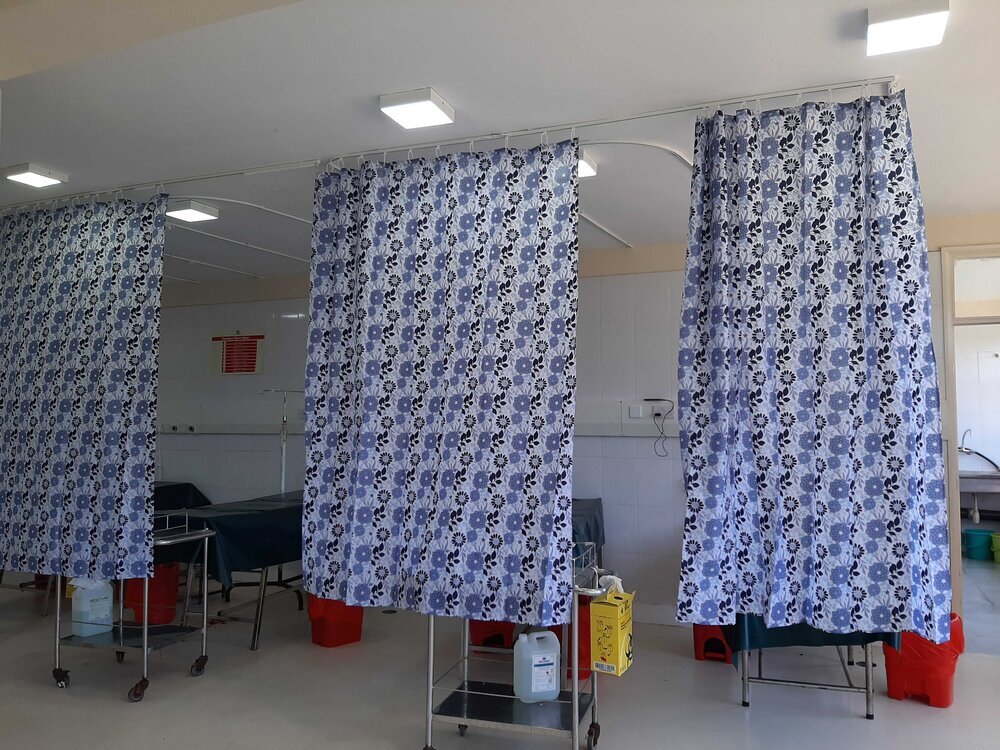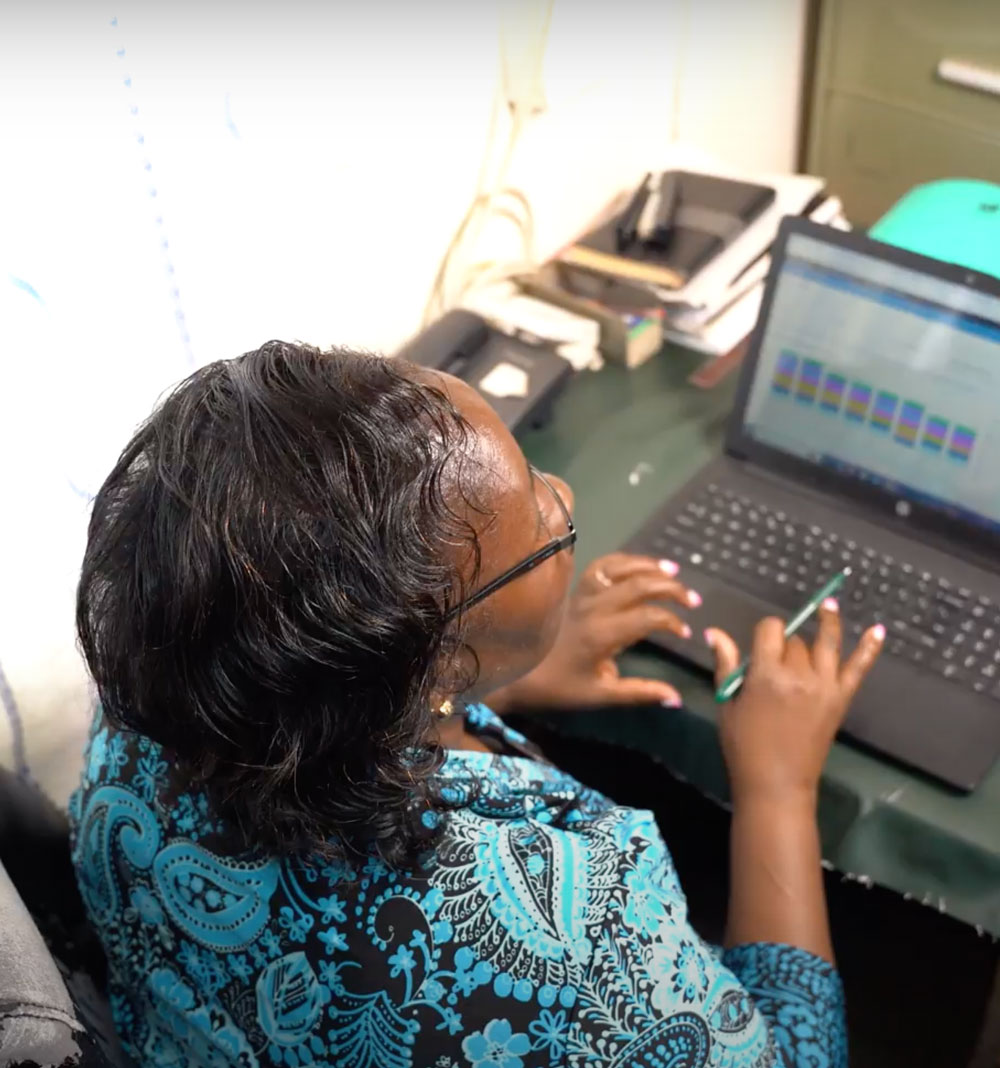Launching in 2020, our PROMPTS and Nurse Mentorship programs have spread across the largest health facilities in 5 of Kenya’s most populous counties, and PROMPTS has grown to over 100,000 women enrolled.
As we continue to grow, our county partners are recognizing that we are collecting data that can help them make better decisions.
These health administrators and facility managers want insights at the level of the client (what are mothers saying about their experience in the facility?) and provider (are maternity ward nurses completing the essential steps for a safe delivery), but they also want to know about health outcomes at their facility (are we seeing a reduction in poor outcomes associated with maternal complications?).
We have been working with our government partners to figure out the best way to package real-time data from those programs into useful dashboards that can improve decision-making. Below we summarise some of the lessons we’ve learned from the process:
- Keep it simple and accessible: What our partners have asked for is simple, dashboards that can motivate senior facility leaders to improve the quality of service delivery at their facilities. Our initial dashboards were pretty, but a little too complicated and data-rich, which often left users confused. We have now transformed these dashboards into simpler charts that can be printed out as reports for each facility manager.
- Consistent, ongoing feedback builds ownership; We generate client experience scores for facilities every other month. This consists of analyzing and scoring client responses through a routine survey about their experience and the care they received. At first, most facility managers were interested in the data, but as we continued sharing the scores and client feedback, we starting getting requests for more and more data, and even complaints if the data wasn’t shared on time!
- A dashboard is the start of a data partnership: Good data generates more questions. Since we have been flexible and responsive to the needs of our county partners, they have been asking for more data on health outcomes. As we report these insights to our partners, this increases our responsibility to build capacity on data interpretation – including sharing quality concerns and limitations of the information.
Now we have to ask ourselves, is all of this data resulting in improved facility management?
It has been exciting to see the facility leads and reproductive health coordinators use these data in real-time to improve provider skills and human-centered care at facilities. We’re even already seeing early examples of positive outcomes:
- In one of the biggest hospitals in Kiambu County, a nurse in charge saw consistent feedback from PROMPTs clients requesting better privacy in the public labour wards, so she ordered curtains to provide privacy.
- Government mentors saw consistently poor scores in measurement of blood pressure post-delivery, and shifted the blood pressure machines to a more convenient location in the ward to ensure better clinical practice.
- An HIV+ mum reported that she felt too intimidated while at the facility to ask questions about how to manage her pregnancy. Upon seeing the comment in the Client Experience Scorecard, the facility manager was able to reach out to her directly (via the PROMPTS Help Desk) to come back to the facility for additional support.

The insights we’re sharing have a lot of room to evolve, especially as our partners continue to ask us to dig deeper into the data (e.g. how early are mothers starting ANC visits? are we seeing changes in referral patterns?). We’re excited by these requests, as it indicates an increasing level of trust and comfort with the data generated from our platforms, and we look forward to seeing these tools becoming more integrated as part of the management processes at government hospitals.

